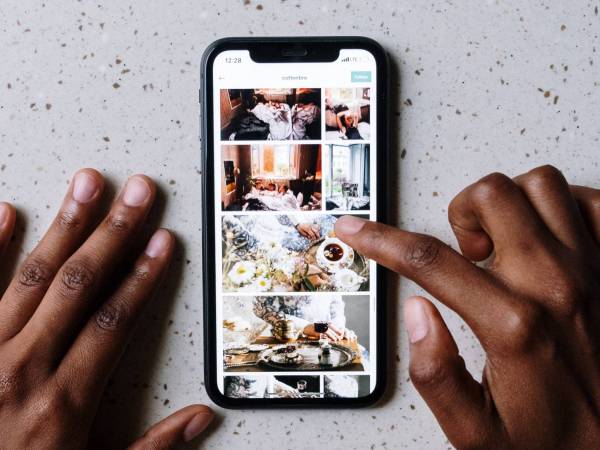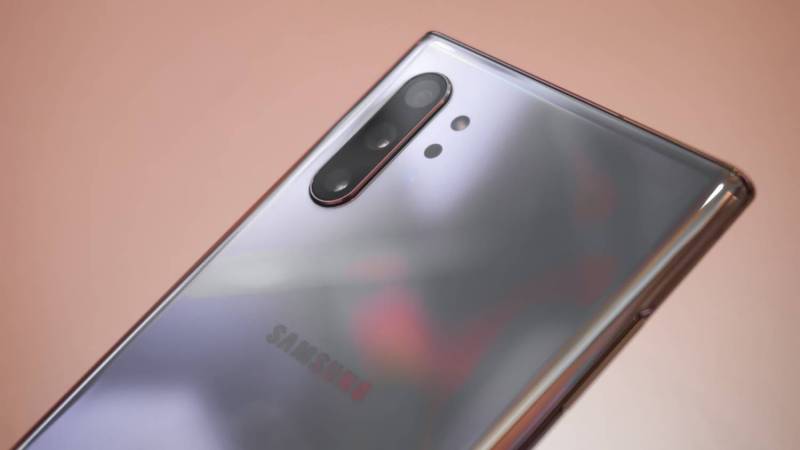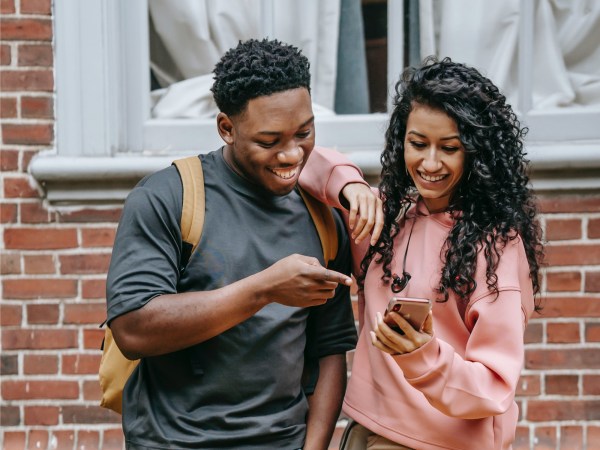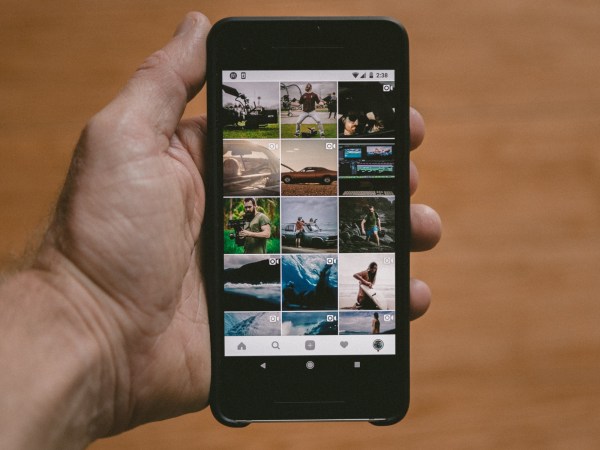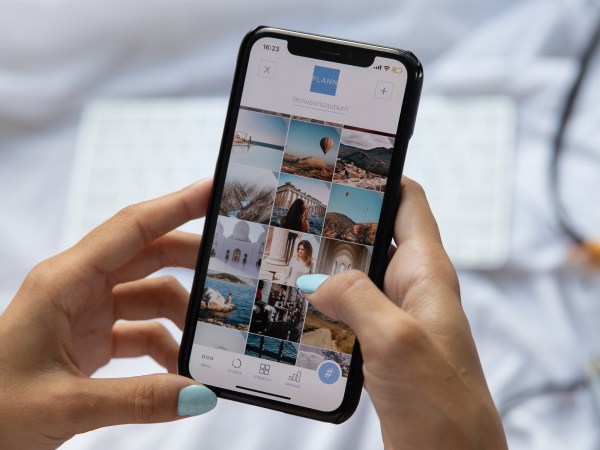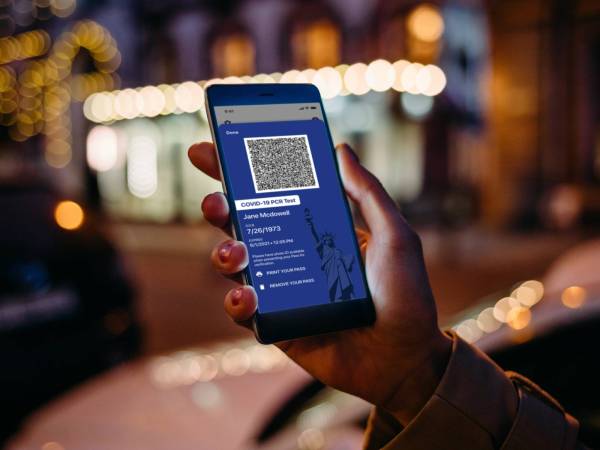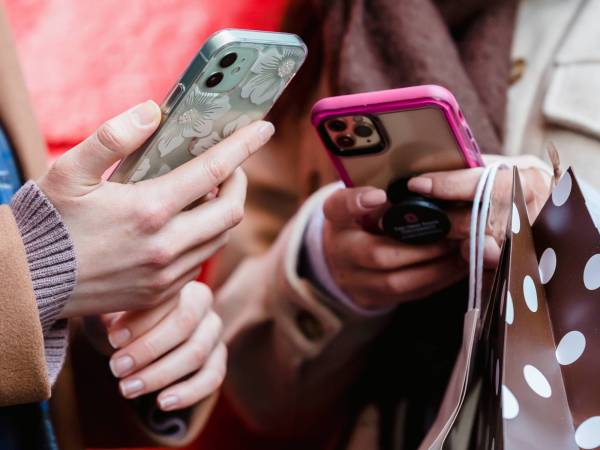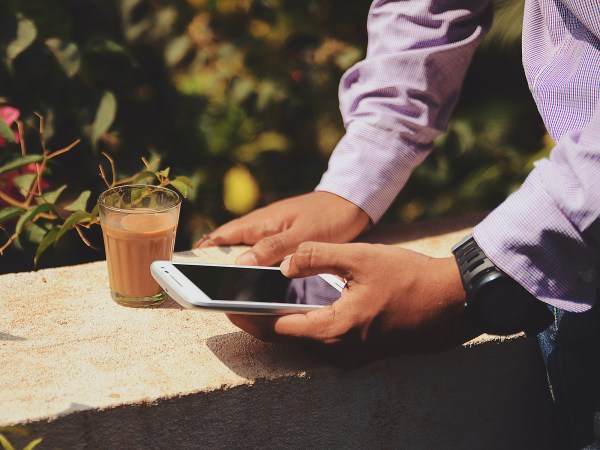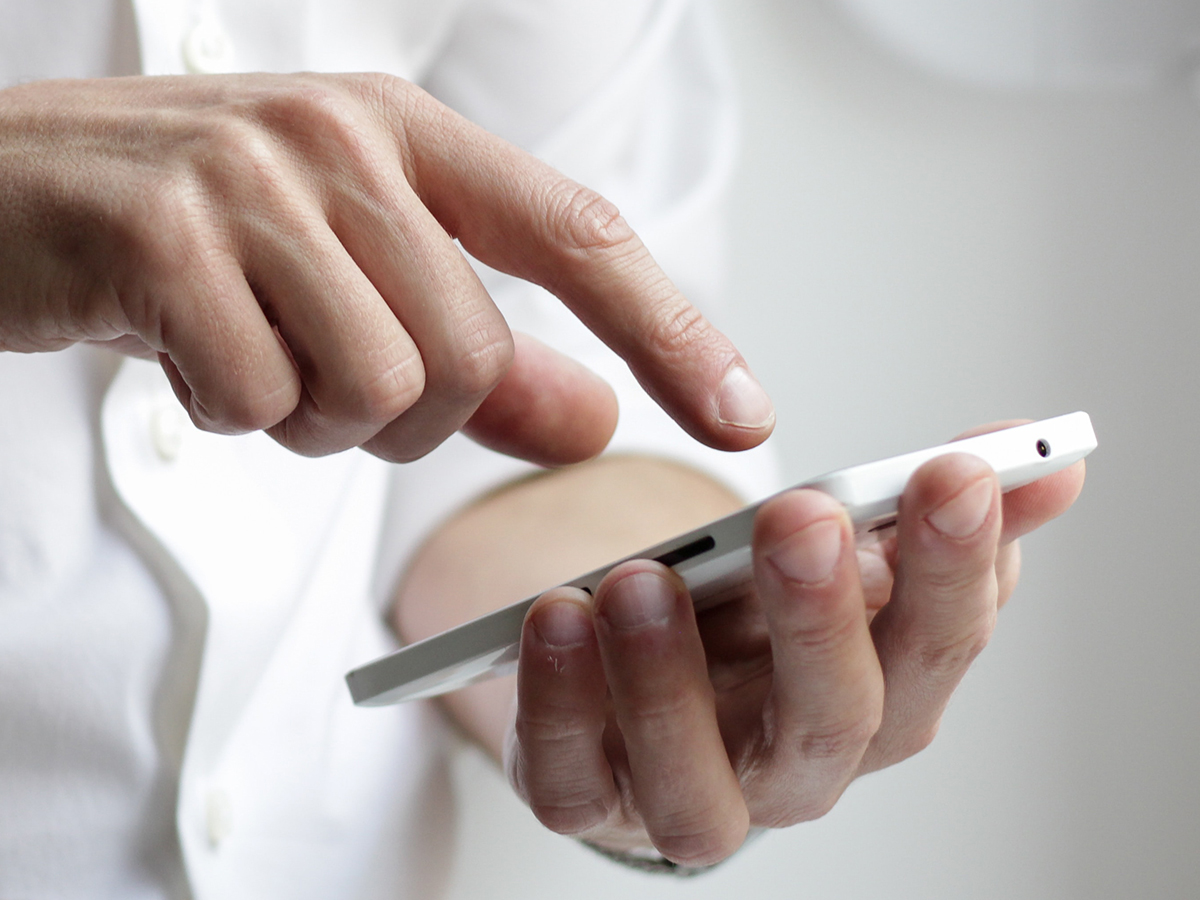

Everything on your smartphone should be protected behind a lock screen—accessible only via fingerprint, a PIN code, or facial recognition—but there will be times when other people have access to your device.
Maybe your grandparents want to look at photos of the kids, your nephew wants to play a game, or your partner needs to borrow your phone to check the weather forecast. Whatever the reason, you don’t necessarily want all your files, photos, and videos available for someone else to stumble across.
You’ve got two options here: Use the file-hiding tools available as part of Google Photos or Apple Photos, or get an app built specifically for putting files beyond another layer of protection, like a PIN code or password.
Apple Photos and Google Photos
The Photos app built into iOS has a feature specifically meant for hiding photos and videos—find it by tapping the Share button (the arrow coming out of a box) and choosing Hide. This button appears on individual photo and video pages, as well as when you’re selecting multiple files from the main Photos view (tap Select to do so).
Once something is hidden, it’ll vanish from your Photos feed—the main way into your photos and videos. It won’t appear in the Years, Months, and Days views, either, or in search results. If someone goes snooping, though, they can still find these files by tapping Albums and Hidden, so they’re not exactly locked away for good. To unhide a photo or video, find it in the Hidden album, then tap Share and Unhide.
Google Photos for Android and iOS, meanwhile, has an archive feature you can use to hide photos and videos from some of the screens inside the app. Use it, and your archived content won’t show up in the main photo feed, which is the screen most people would typically flick through if they opened up the app.
From the Photos tab, open an individual photo or video page, tap the Menu button (three dots, top right) then Move to archive or Delete from device. To hide a batch of photos and videos at once, long press on the first one until it’s checked, then tap on the other items you want to archive. Next, tap the Menu button and choose Move to archive. Use the same process, but select Delete from device to bulk-delete.

Archived photos and videos will still show up if they match a search query, or if you go to Archive from the Google Photos app menu (Library, in the bottom right corner). Photos and videos can be unarchived, if necessary. If they’ve been assigned to albums, they’ll also still appear if you open the Albums tab and go into the relevant album.
These tricks won’t stop someone who is determined to look at every single photo and video on your phone—and knows where to find them—but they are a good first line of defense against someone casually browsing through your snaps and finding something you don’t want them to see.
File locker apps
If you want to get serious about locking photos, videos, and other files away from prying eyes, install one of many dedicated file locker apps. Once files have been placed into one of these digital vaults, you’ll need a special password or PIN code to access them.
Those of you using a Samsung phone already have a built-in locker app: Secure Folder. From Settings, choose Lock screen and security, then Secure Folder to create, well, a secure folder. You can protect it with a pattern, PIN code, password, or biometric data (like a fingerprint).
To move a photo to your secure folder, select it in the Samsung gallery, then tap the More menu (three dots) and Move to Secure Folder. Then, delete the original. For other types of files, open My Files, then Documents. Hit the More menu (three dots), followed by edit. Choose the files you want to move, touch the dots again, and select Move to Secure Folder. You can also choose Add from inside the secure folder and transfer files that way. No one will be able to get into this digital lockbox (which shows up as a separate app) without the PIN code or whatever other protection you’ve applied.
Plenty of other apps offer similar functionality, protecting selected files from prying eyes with an extra code or biometric layer of security. Safe Lock for iOS is one of the best options for photos and videos on Apple devices—it works smoothly with the Apple Photos app and creates a dummy photo gallery to hide your secret one. It’s free to use, but pay $2 a month and you’ll get extra options such as custom icons and a one-touch album lock button.
Keepsafe for Android and iOS also comes with a polished, easy-to-use user interface, plus simple PIN control to keep your private photos and videos safe. You can use the app for free, but a $10-per-month subscription removes the ads and unlocks features including file recovery options and different PIN codes for separate albums.

Another option we recommend is Folder Lock for Android, which is impressively versatile. You can lock away files with a PIN, pattern, password, or fingerprint, move files over from inside or outside the app, and create custom folders within existing folders to keep all your private files organized. You can pay a one-off fee of $5 to remove the ads and add more features, including cloud backups.
Those are three of the best file locker apps available, but it’s by no means an exhaustive list. If there’s a feature you absolutely need and none of these do the trick, feel free to hunt around the app store on your device—just be sure to carefully read the app’s description and reviews before installing.
It’s also worth considering the options you’ve got inside the apps you already use—they might already let you lock away whatever it is you need to keep private. The Apple Notes app on iOS, for example, can password-protect certain notes: Tap the three dots in the top right corner with a note open and choose Lock (or long-press a note on the main list and select Lock Note) to protect it with a password and/or Face or Touch ID.

